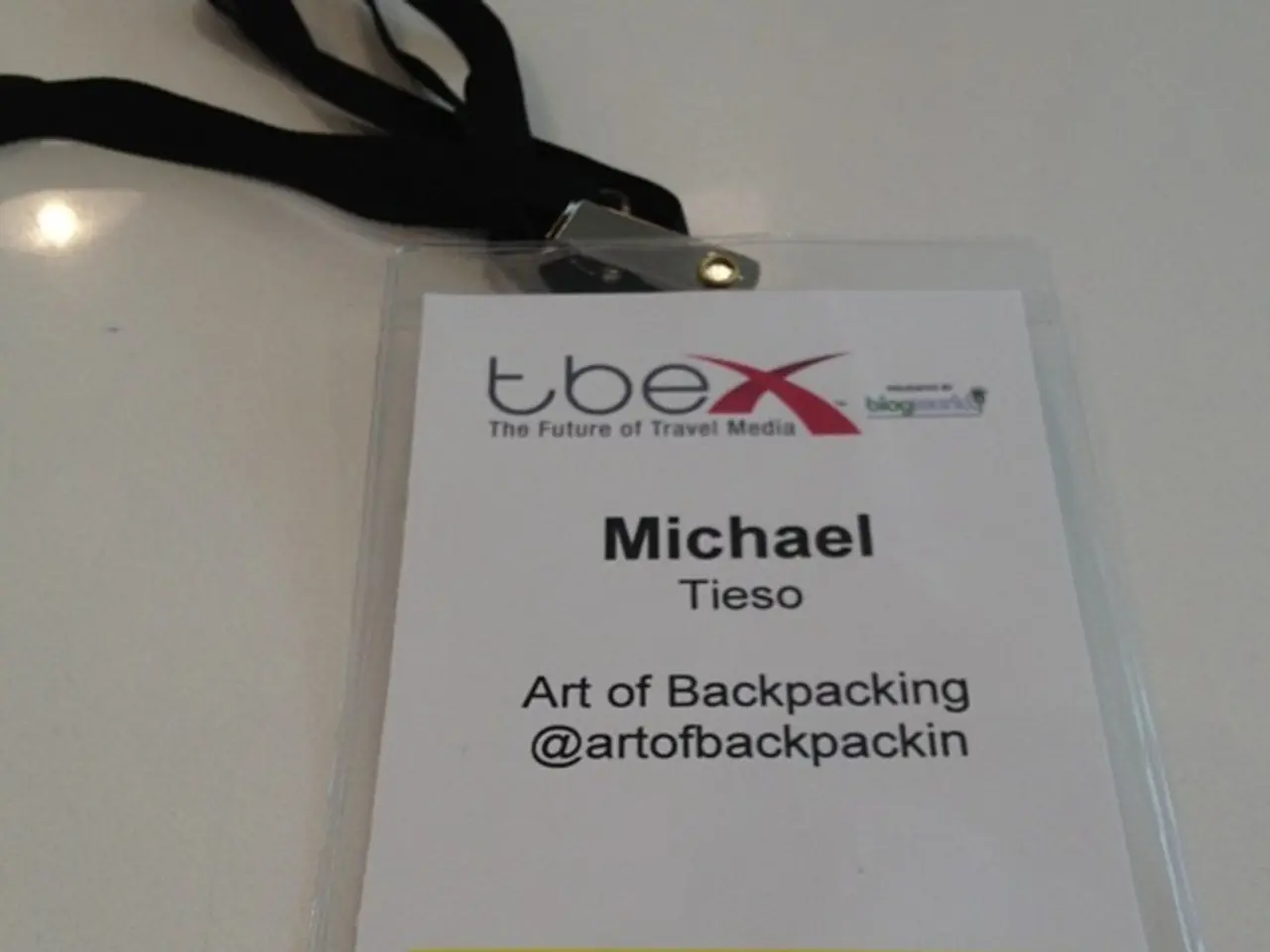AI Market Landscape: Overview of AI Agents and Their Role in the Ecosystem
Transforming the Way We Interact with AI: AI Agents and Their Booming Ecosystem
Hey there, folks! Let's dive into the thrilling world of AI agents, a technology rapidly becoming a cornerstone of modern software solutions. But while the shine of autonomous AI is catching everyone's attention, the true intrigue lies in the rapidly evolving world powering these amazing agents.
The AI agent landscape is experiencing a wild bloom, with new tools, platforms, and frameworks popping up like never before. From foundational models and runtimes to exclusive agent platforms and memory infrastructure, what was once a niche domain is now a full-blown tech stack, and it's evolving like wildfire.
So, why should you care about all this? For tech enthusiasts, builders, investors, and power users, this ecosystem presents unprecedented career and investment opportunities, but also steep learning curves and challenges. But, let's cut to the chase: if businesses don't rethink their systems to accommodate both humans and AI agents, they risk getting left behind in the digital race.
In today's article, we'll take a closer look at some key considerations for building an AI agent ecosystem and discuss the latest trends in the agentic AI market.
Crucial Steps to Building an AI Agent Ecosystem
Building an AI agent ecosystem isn't just about creating smart agents; it's about making strategic decisions to ensure these agents integrate flawlessly into an organization's operations. Here are the most essential decisions to ponder:
User-in-the-Loop vs. Full Automation
First things first, in the decision-making process, you'll have to decide how much control to give users over the agents' decision-making. Essentially, should your agents operate with full autonomy, or require constant user feedback for everyday control and optimization?
The answer to this question depends on your specific industry and the sensitivity of the information your agents handle. Take healthcare and financial services, for instance - due to the sensitive nature of the data and strict regulations, these sectors typically rely on human feedback and intervention to ensure overall trust and effectiveness.
But, remember, finding the right balance of user involvement is key to optimizing agent performance, improving training, and ensuring accountability in production environments.
Task Planning Design: Human-Defined vs. LLM-Generated
Next, you'll need to decide between human-defined task flows or LLM-driven planning. Some organizations may prefer a more hands-on approach, while others may let the machine handle things dynamically based on input.
When it comes to workflows that you want your agents to handle, a multi-agent approach might be necessary, in which case you'll need to incorporate orchestration tools to manage agent interactions and maintain system stability.
Memory Systems
When it comes to building AI agents, there's no shortage of options for adding context. But you can boil the decision down to three main choices:
- Retrieval Augmented Generation (RAG): This retrieves and integrates knowledge from public and private sources to make LLM responses more accurate.
- Long-term memory: Expanding the size of the LLM's context window enhances its ability to follow multi-step reasoning and maintain context across longer interactions.
- Memory: Incorporating memory features and tools enables agents to refine knowledge using external data, recall past actions, and build long-term memory, leading to more adaptive and personalized behavior.
Rigorous Testing vs. Strategic Guardrails
Testing AI agent performance is a careful process that can't always be approached with traditional methods. Since AI agents behave probabilistically, traditional testing frameworks aren't as effective. So, organizations must implement rigorous evaluation loops that incorporate user feedback, step-by-step performance tests, and ongoing monitoring.
However, AI's unpredictable nature has famously been referred to as the black box problem. This lack of understanding can be especially critical if sensitive outcomes may occur, like medical diagnosis in healthcare. To manage these risks, it's necessary to put guardrails in place to ensure compliance with security standards and ethical guidelines.
The Exploding Agentic AI Ecosystem: A Market Overview
In the past few months, the AI agent ecosystem has exploded, moving from an experimental playground for open-source developers to a fierce battleground for startups, enterprises, and investors. With the maturity of GenAI capabilities, there's now a growing demand for advanced tools that go beyond chat and prompt engineering.
We're on the brink of seeing autonomous, multi-step agents that can plan, reason, and act across complex workflows. And, by mapping out this growing landscape, we can visualize it as a layered ecosystem, ranging from foundational LLMs and memory storage to orchestration runtimes and end-user applications.
In short terms, the basic architecture for any business can be summarized as follows:
- Foundation Models: The cognitive core of agents, responsible for reasoning and language capabilities. Choose between proprietary APIs and open-source contenders for your model needs.
- Agent Frameworks and Runtimes: Enables agents to reason across multiple steps, call APIs, utilize tools, and collaborate with other agents. These tools are still in the early stages, with some being heavy on ambition and light on stability.
- Application Platforms: User-friendly AI agent platforms tailored to specific use cases like customer support, sales enablement, software development, or research.
- Tooling & Infrastructure: Components essential for deploying, scaling, and ensuring trustworthy AI performance in production environments, though this area is still underdeveloped.
Embrace the chaos! Navigating the agentic AI ecosystem and staying ahead in this fast-paced, fragmenting market requires staying informed, getting hands-on experience, and being open to learning from failures. Happy exploring, see you at the cutting edge!
Enrichment Data:
- Understanding AI Agents: AI agents are digital teammates capable of autonomous decision-making and taking independent action within set guidelines.
- Key Decisions: Building an effective AI agent ecosystem requires strategic decisions in technology selection, infrastructure design, and implementation strategy.
- Current Market: The agentic AI market is growing rapidly, transforming industries across sectors and presenting tremendous opportunities for technology providers.
- Components of AI Agents: Essential elements of AI agents include autonomy, human team integration, continuous learning, and effective implementation strategies.
- Implementation Best Practices: Key best practices for implementing AI agents include having clear success metrics, user training and change management, and monitoring and feedback loops.
- Ethics and Governance: Establishing ethical and responsible AI use, addressing scaling challenges, and ensuring compliance with regulations are vital considerations in the agentic AI market.
- As the AI agent landscape continues to grow and innovate, it presents numerous career and investment opportunities in the field of technology and business, particularly in the development of advanced tools and platforms.
- For companies to keep up with the pace of the rapidly evolving AI agent ecosystem, it is essential to invest in training and education for employees to stay informed about the latest trends and developments, enabling them to make strategic decisions and integrate AI agents effectively into their operations.




